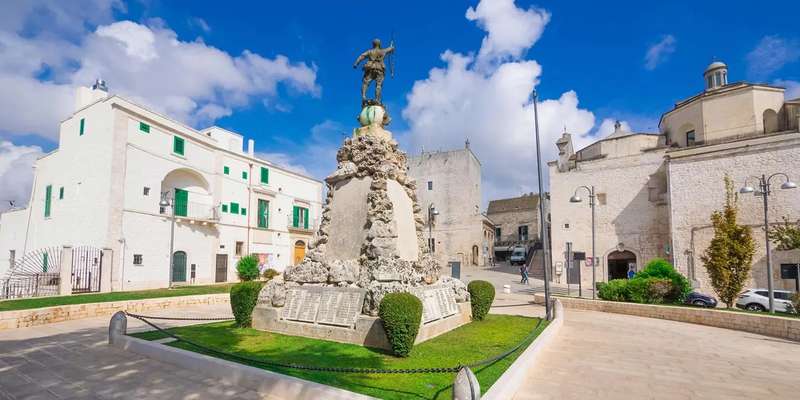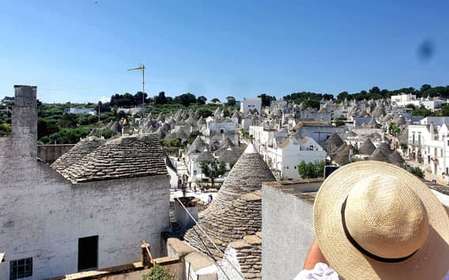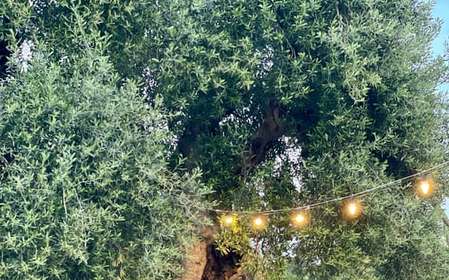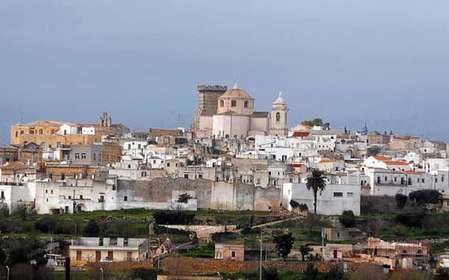- Home
- Useful Tips
- Experiencing Brindisi's local culture
Many travelers breeze through Brindisi as a ferry port, missing the soul of this ancient Adriatic city. Recent surveys show 68% of visitors spend less than a day here, unaware of its Byzantine churches, olive oil traditions, and vibrant passeggiata culture. The frustration of surface-level tourism is real – you might leave with generic souvenirs but no meaningful connection to Puglia's authentic way of life. Locals guard centuries-old customs from Byzantine mosaic crafts to orrecchiette-making techniques, yet few tourists discover these living traditions. Beyond the Roman columns along Via Appia, Brindisi's true character unfolds in its family-run trattorias, fishermen's morning auctions, and spontaneous piazza concerts that never appear on cruise ship itineraries.


How to experience Brindisi beyond the tourist facade
The challenge lies in distinguishing authentic experiences from manufactured tourist traps. Start by timing your visit to local rhythms – early mornings at the Mercato Coperto reveal Brindisi's culinary heartbeat as fishermen auction their catch and nonnas select the ripest tomatoes. Wander the Vecchia Città when shops reopen at 5pm after siesta, noticing how artisans still hand-stitch leather in workshops unchanged for generations. True cultural immersion means observing the passeggiata ritual along Lungomare Regina Margherita, where families stroll at sunset sharing gossip and gelato. For deeper insight, visit during the September Festa di San Teodoro when the harbor transforms with torchlit processions and papier-mâché floats. These unscripted moments showcase Brindisi's living culture far better than any guided tour script.
Where to find Brindisi's hidden artisan traditions
Modern commerce has obscured Brindisi's craft heritage, but patient explorers can still find masters keeping traditions alive. The backstreets near Piazza Duomo conceal botteghe where third-generation artisans create Byzantine-inspired mosaics using ancient techniques. At Laboratorio Nicola Fasano, the clink of chisels on pietra leccese limestone reveals craftsmen carving the same baroque motifs their grandparents made. For textile lovers, Antico Telaio hand-weaves fabrics on 19th-century looms using natural dyes from local plants. These workshops rarely advertise, so follow handwritten signs saying 'lavorazione artigianale'. Better yet, visit during the monthly Artigianato in Piazza event when makers demonstrate their crafts in the open air. While some workshops offer impromptu lessons, remember these are working studios – observe quietly unless invited to participate.
The truth about Brindisi's culinary culture
Many visitors mistakenly equate Brindisi's food scene with generic Italian restaurants lining the port. Authentic dining here follows seasonal and maritime traditions – look for menus featuring 'orecchiette con le cime di rapa' (handmade pasta with turnip greens) or 'polpo alla pignata' (octopus stewed in terracotta). For breakfast, join locals dunking pasticciotto pastries in almond milk coffee at historic bars like Caffè Roma. The real test of authenticity? A trattoria's bread basket should include frisella – the twice-baked barley rusks fishermen took on voyages. Time your meal like a Brindisino: leisurely late lunches featuring the day's catch, followed by an evening aperitivo of Negroamaro wine at sunset. Don't miss the untouristed Osteria La Locanda del Porto, where the owner sings Puccini while serving seafood hauled from the harbor that morning.
Connecting with Brindisi's living history
Brindisi's layered history – Greek, Roman, Norman, Spanish – isn't confined to museums but lives in its people's daily rituals. The key is knowing where to look. Start at the Roman columns not for the monument itself, but to watch elderly men play morra (a finger-counting game dating to antiquity) in its shadow. Attend Mass at San Giovanni al Sepolcro to hear Gregorian chants in a 12th-century Templar church. For WWII history, chat with regulars at Bar Italia, where Allied soldiers once gathered before D-Day missions. Even simple acts like joining the Sunday passeggiata or shopping at family-run Salumeria De Pace (open since 1925) become cultural experiences. These living traditions create meaningful connections no guidebook can replicate – the essence of true travel.



